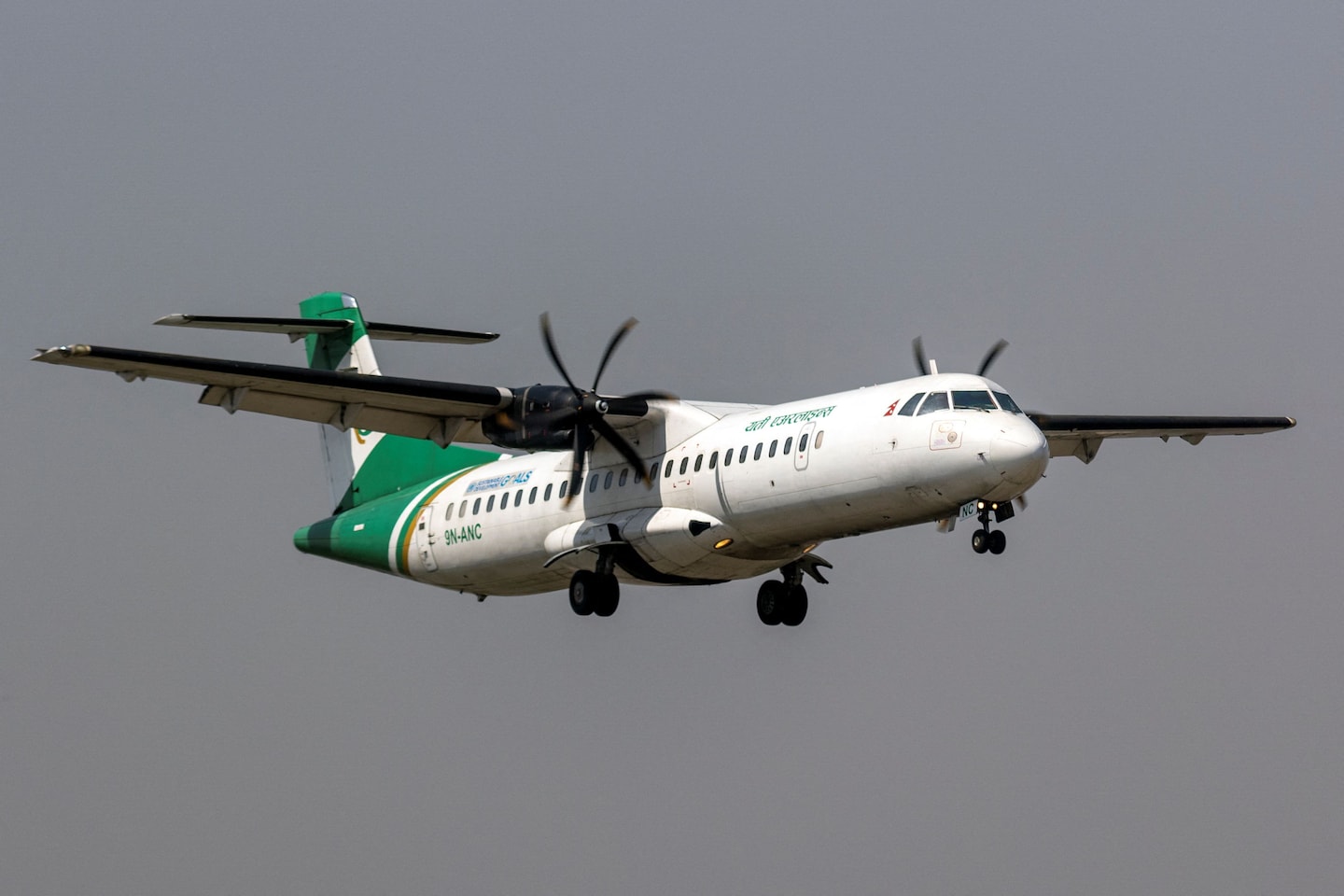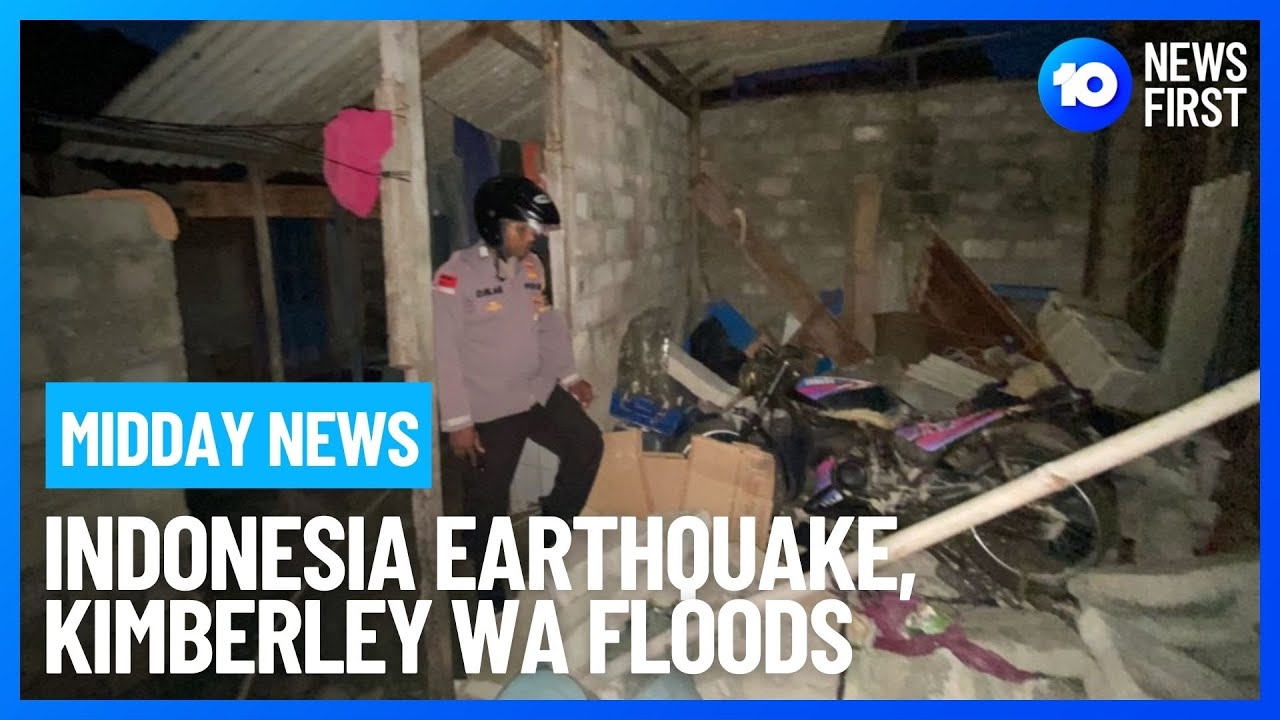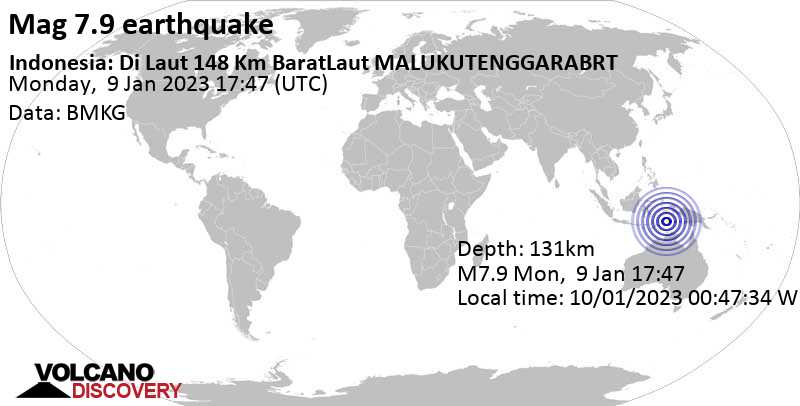“Because of its terrain, because of its weather, because there is a need to fly between places — many of these communities are not connected by roads — it will always be a challenging environment with a higher level of risk than other parts of the world,” aviation safety consultant Adrian Young told The Washington Post.
Here are some reasons Nepal is so challenging for pilots.
Nepal is home to eight of the world’s highest peaks, including Mount Everest.
“It is a most challenging operating environment,” aviation safety consultant Ron Bartsch told The Post. Three factors linked to Nepal’s mountainous terrain make flying difficult: High elevation airports, short runways and strong winds.
In a 2019 report, Nepal’s Civil Aviation Authority cited the country’s “hostile” topography as one of two main air safety challenges. The other is weather.
Analysts say weather and mountains could explain why so many of Nepal’s air crashes are classified as controlled flights into terrain, or CFITs, when a pilot crashes without appearing to have lost control.
Nearly 3 in 4 air crash fatalities recorded in Nepal over the previous decade were classified by officials as CFITs, the Civil Aviation Authority reported. The majority occurred in mountainous regions.
According to a database maintained by the Airline Safety Network, two of Nepal’s deadliest crashes were CFITs. In 1992, a Pakistani airliner crashed into a rugged Himalayan hill while attempting to land at a Kathmandu airport in a rainstorm, killing all 167 people onboard. Two months earlier, a Thai Airways flight also crashed in heavy rain, killing 113 people, including 11 Americans.
Many of Nepal’s airport runways are nestled amid high peaks, which can be particularly dangerous in low-visibility conditions.
According to the Civil Aviation Authority, the airport historically linked to the highest number of fatal crashes since 1960 is Tenzing-Hillary Airport in Lukla in the country’s northeast, situated at 9,334 feet. The mountainside facility, built under the supervision of Sir Edmund Hillary, is famous as the gateway to Mount Everest Base Camp. It’s accessible only by helicopters and small, short-take-off-and-landing planes.
Landing an aircraft at a mountainous airport means pilots are more dependent on what they can see, Young said.
“If your airport is in a valley, at some point you will have to descend lower than the hills around them,” he said. In low-visibility conditions, pilots tend to rely on onboard equipment or airport assistance to help them land the aircraft, which Young says not all Nepalese airports are equipped to provide.
Nepal’s high altitude poses another challenge for pilots: lower air pressure. According to World Atlas, the country’s average elevation is 10,715 feet.
“The higher you fly, the thinner the air is,” Young said. “If you’re landing at a high altitude, there are some issues of flight performance.
“Some of Nepal’s airports are what we call ‘hot and high,’ so you expect rather hot temperatures plus high elevation. That means there is less air for the wing to work with.”
Young said aviation always contains risk; Nepal adds “special” risks. Still, he said, air “remains a very safe way to travel.”




































